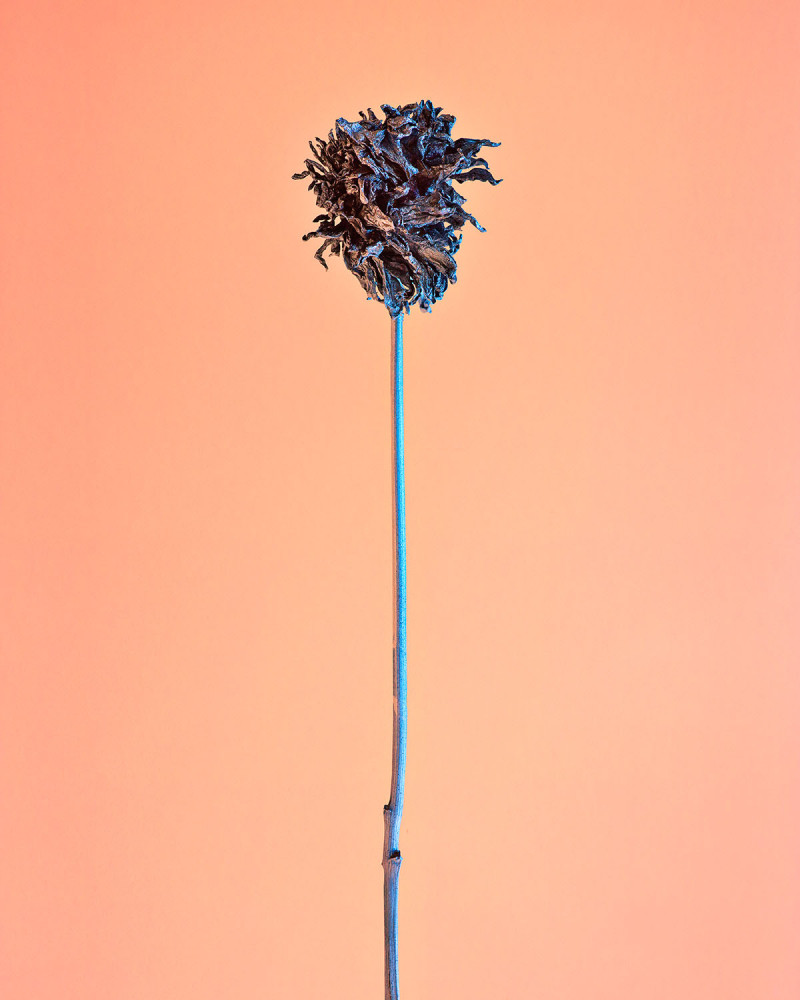
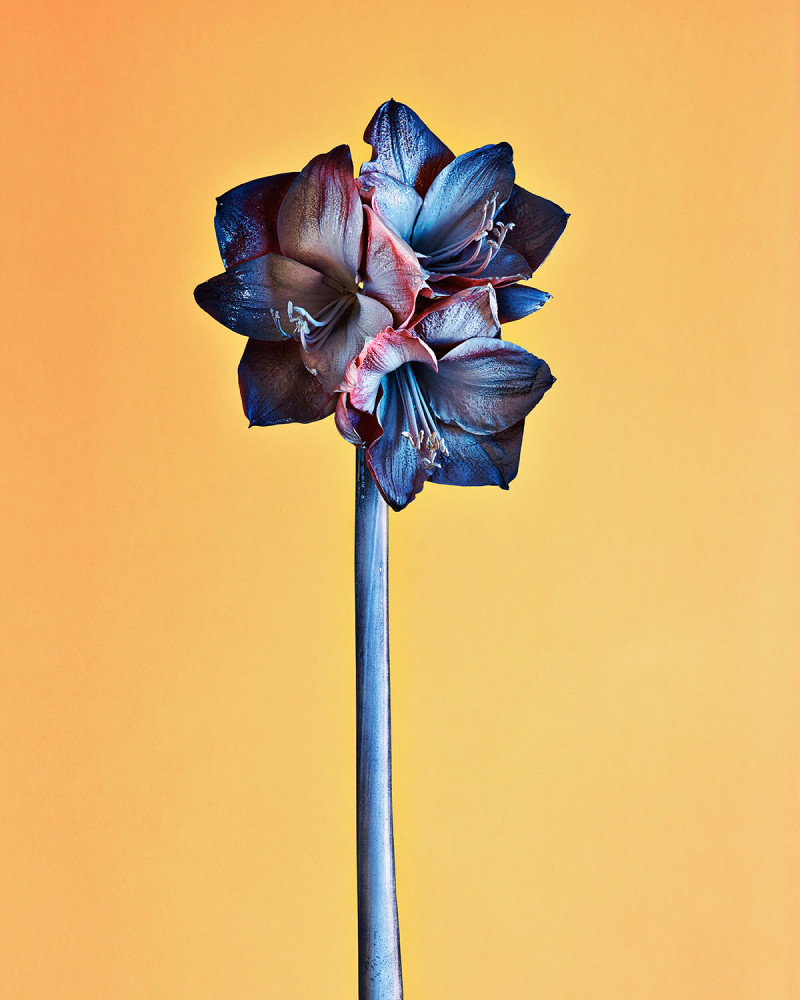
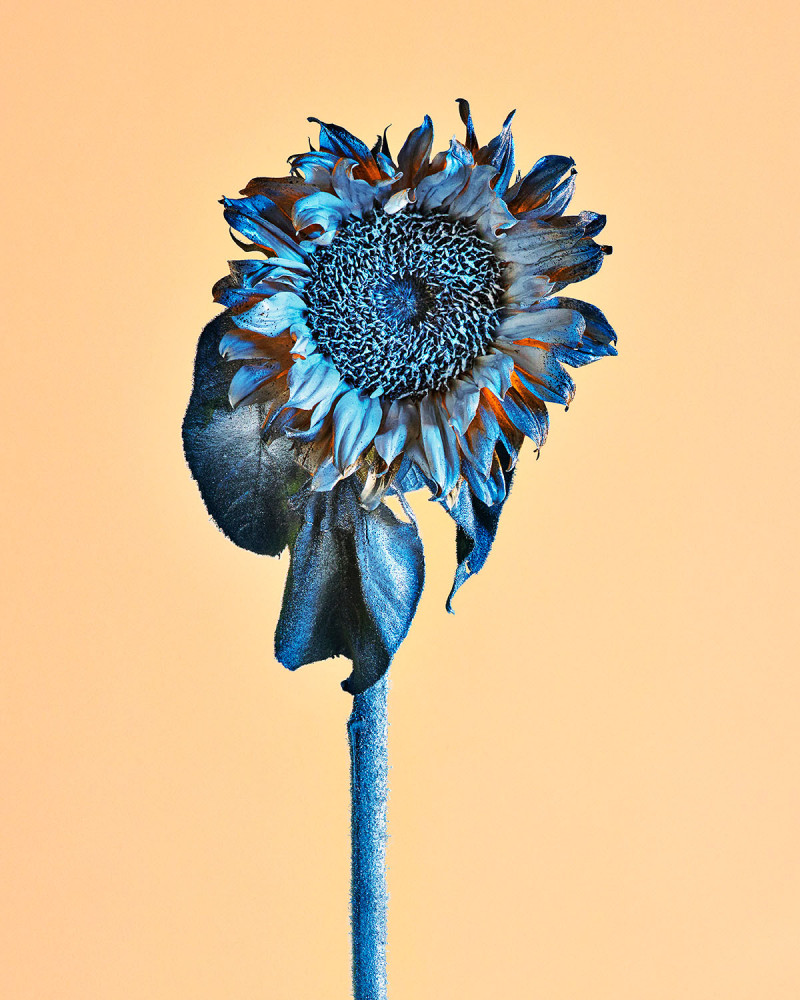
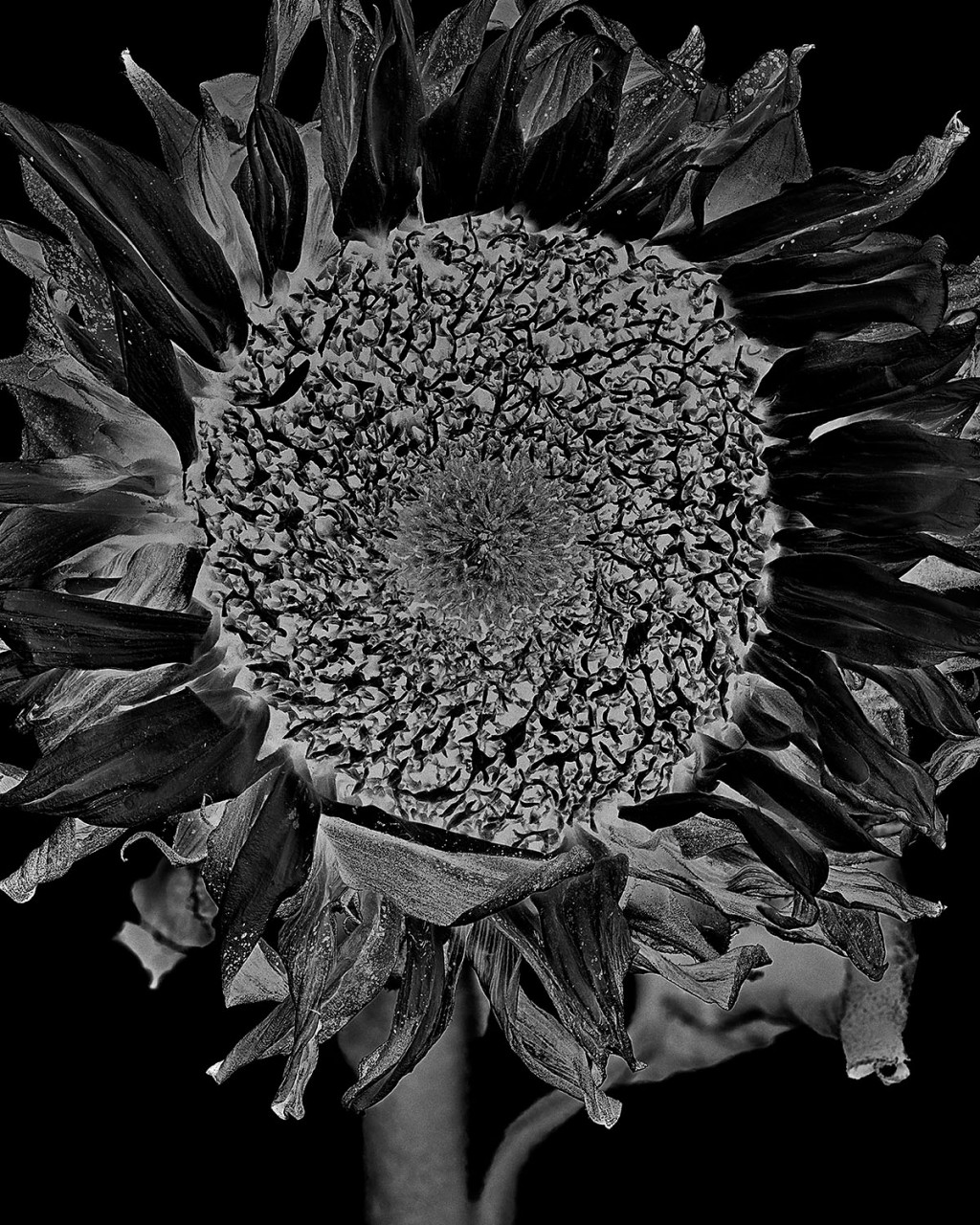
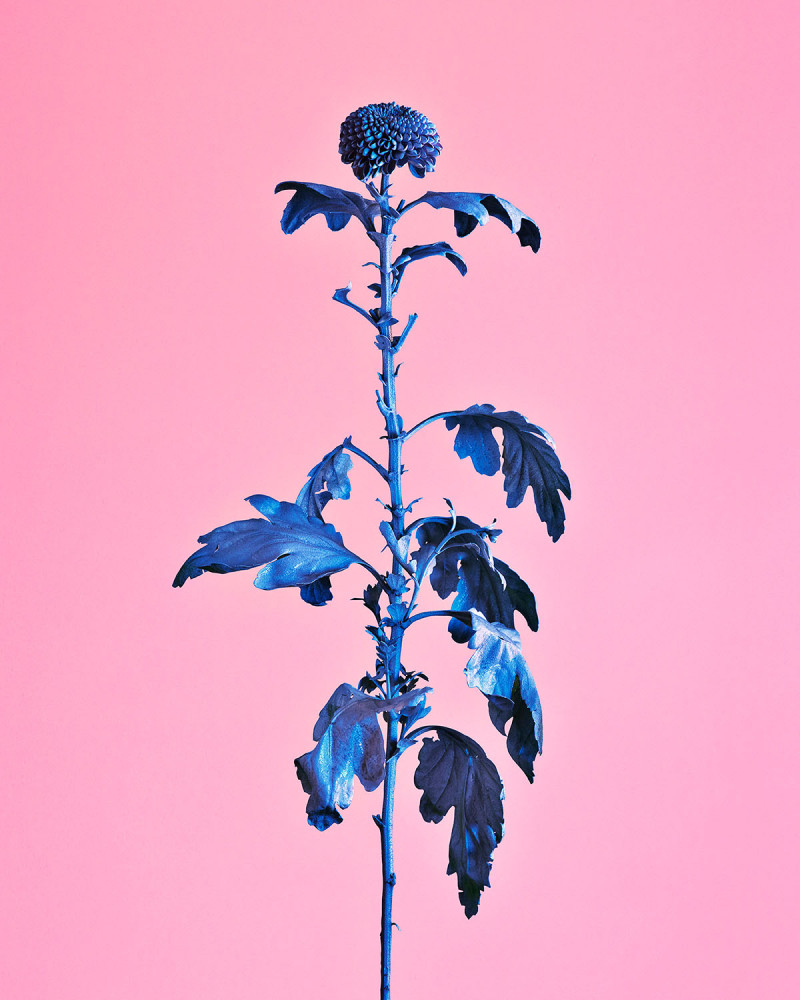

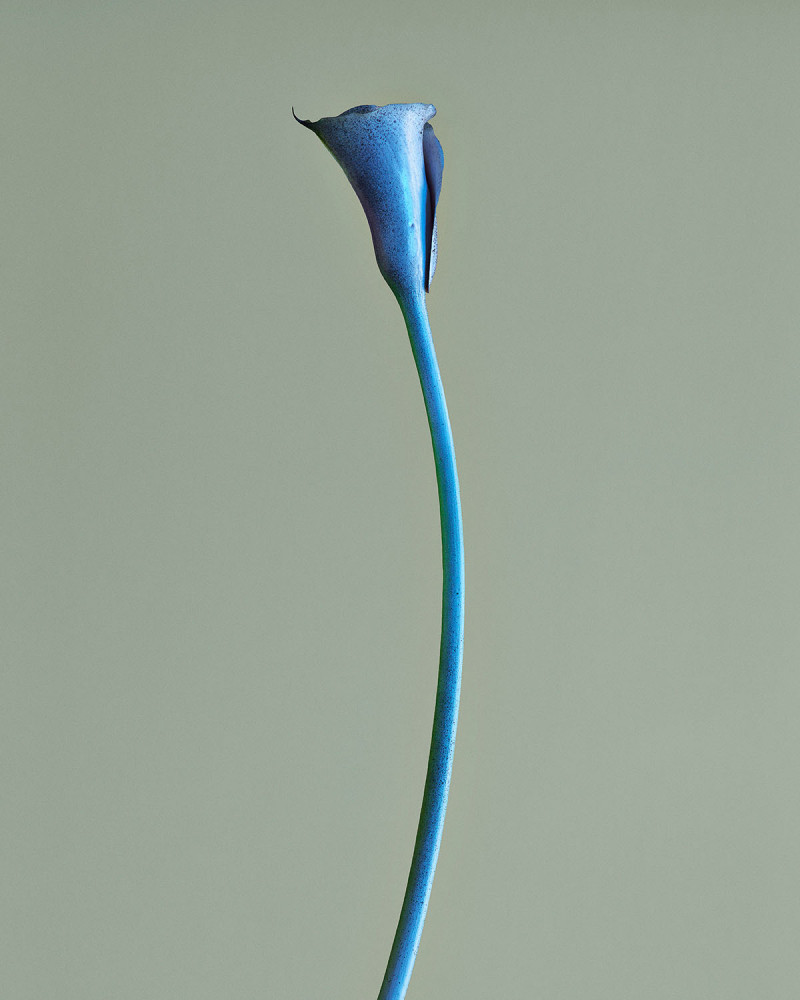

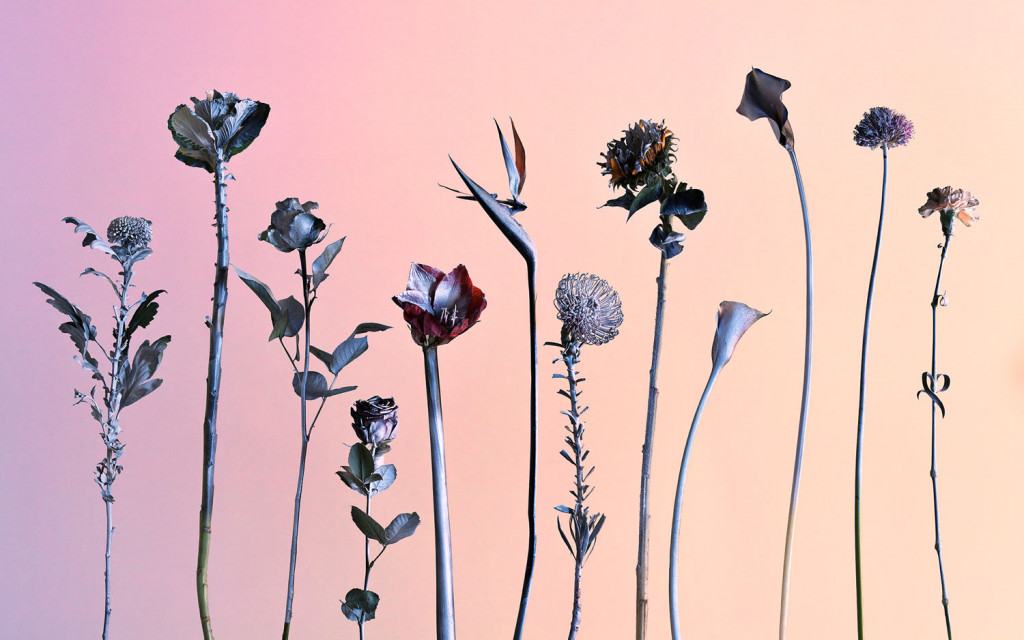
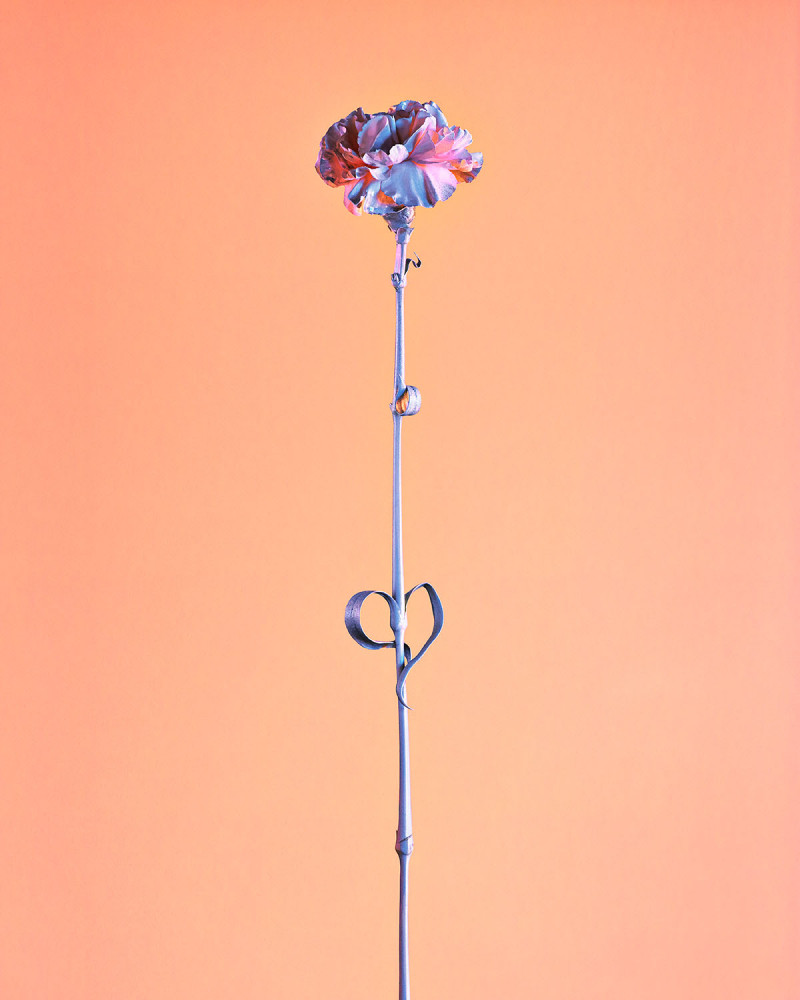
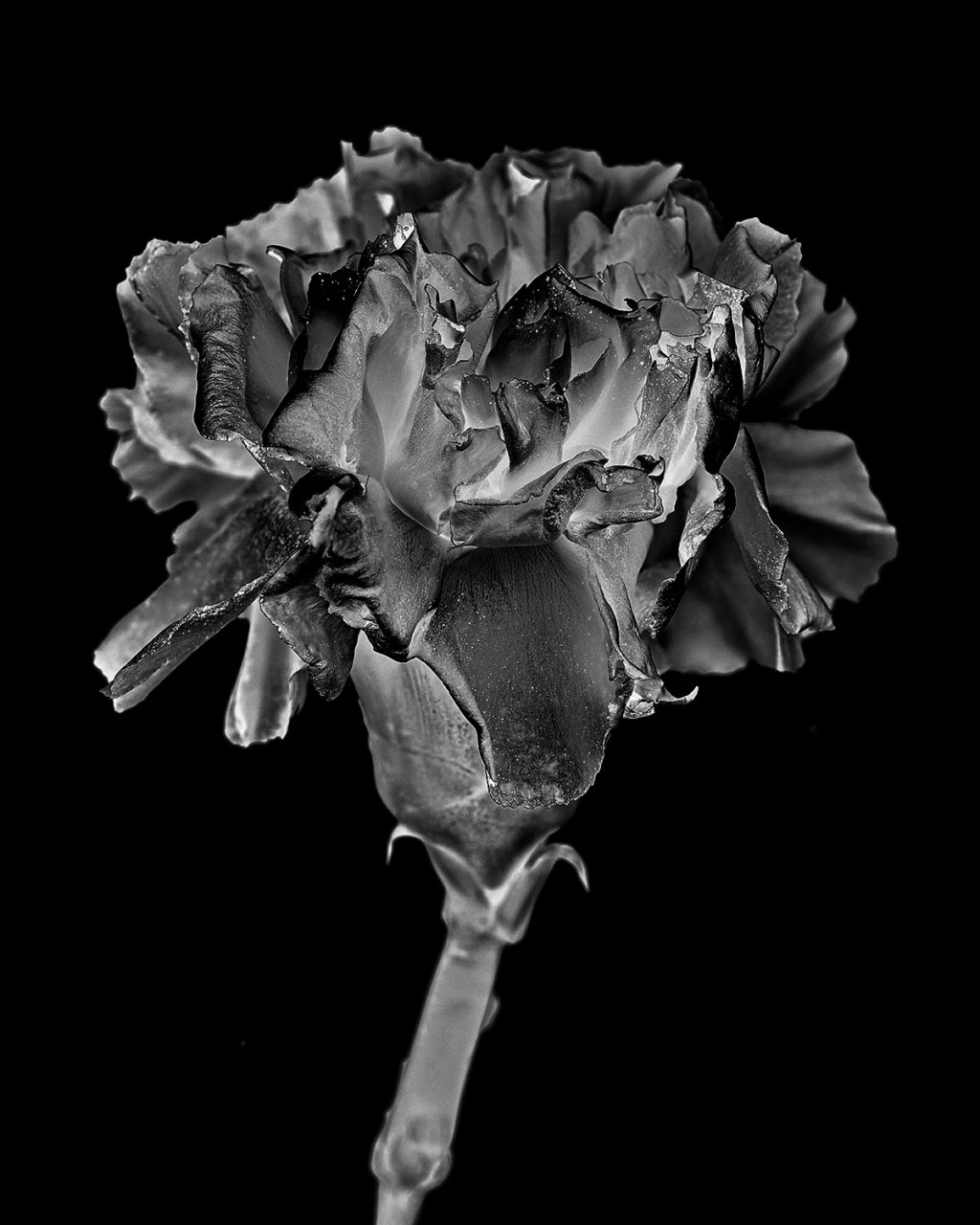
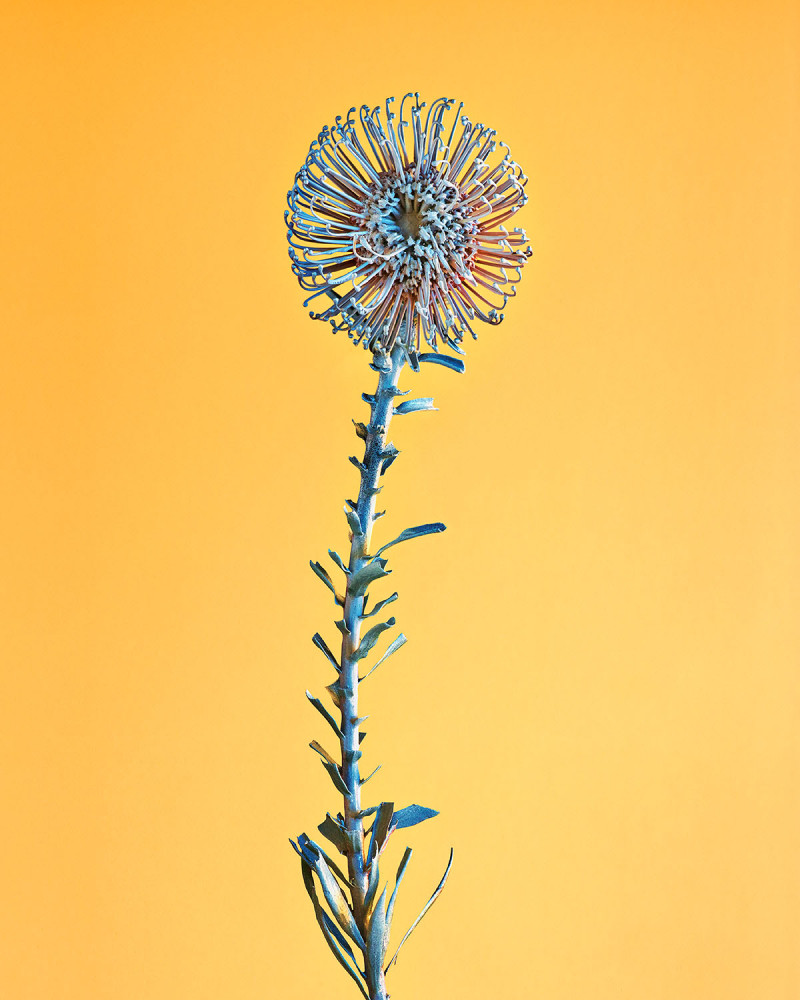
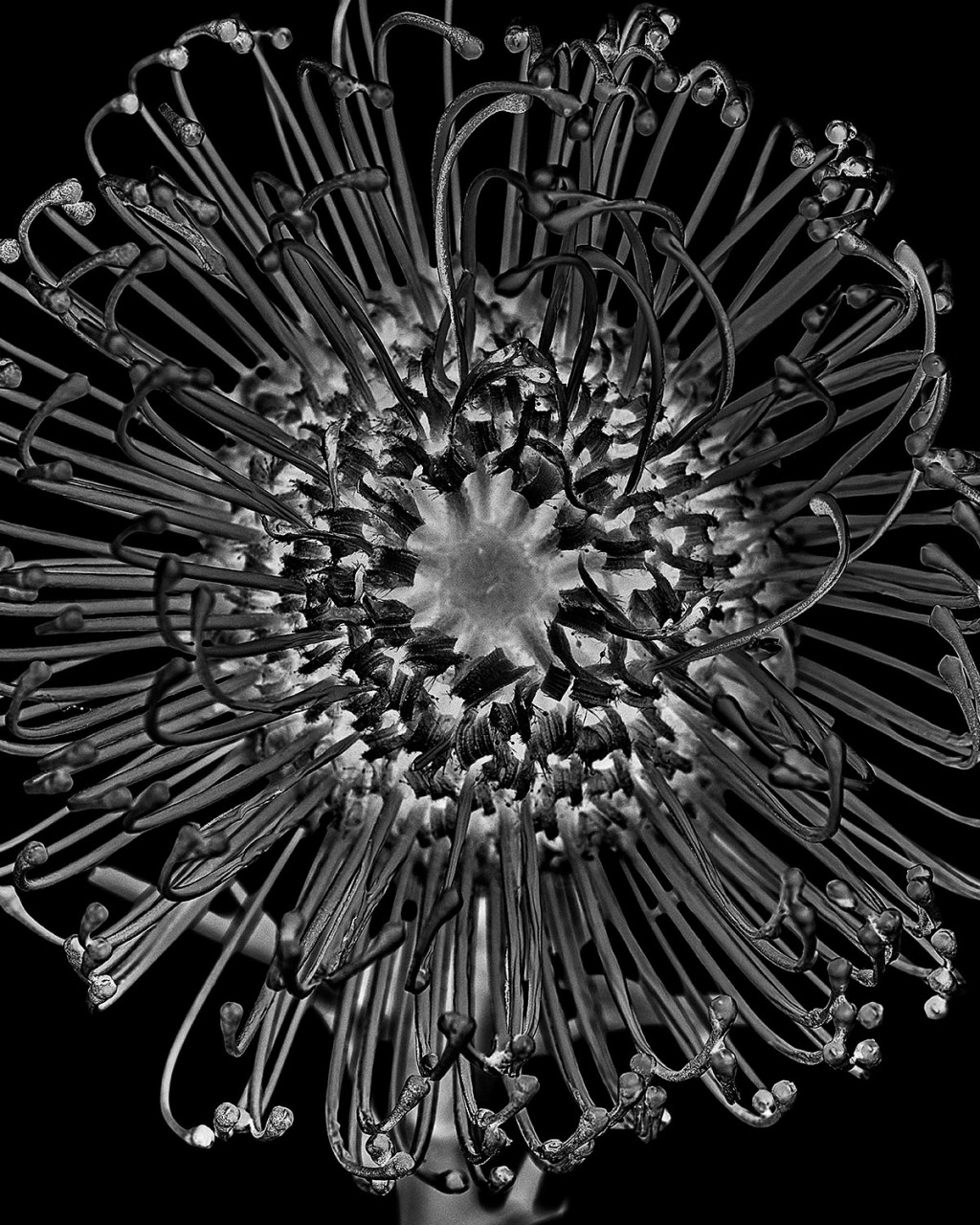
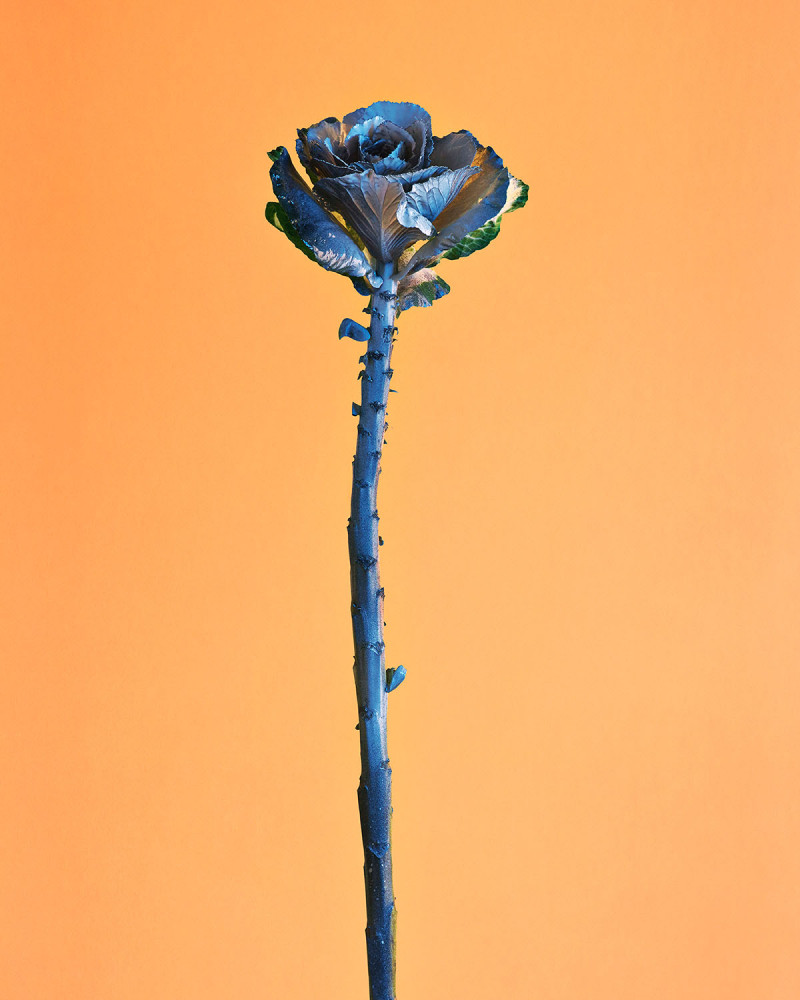
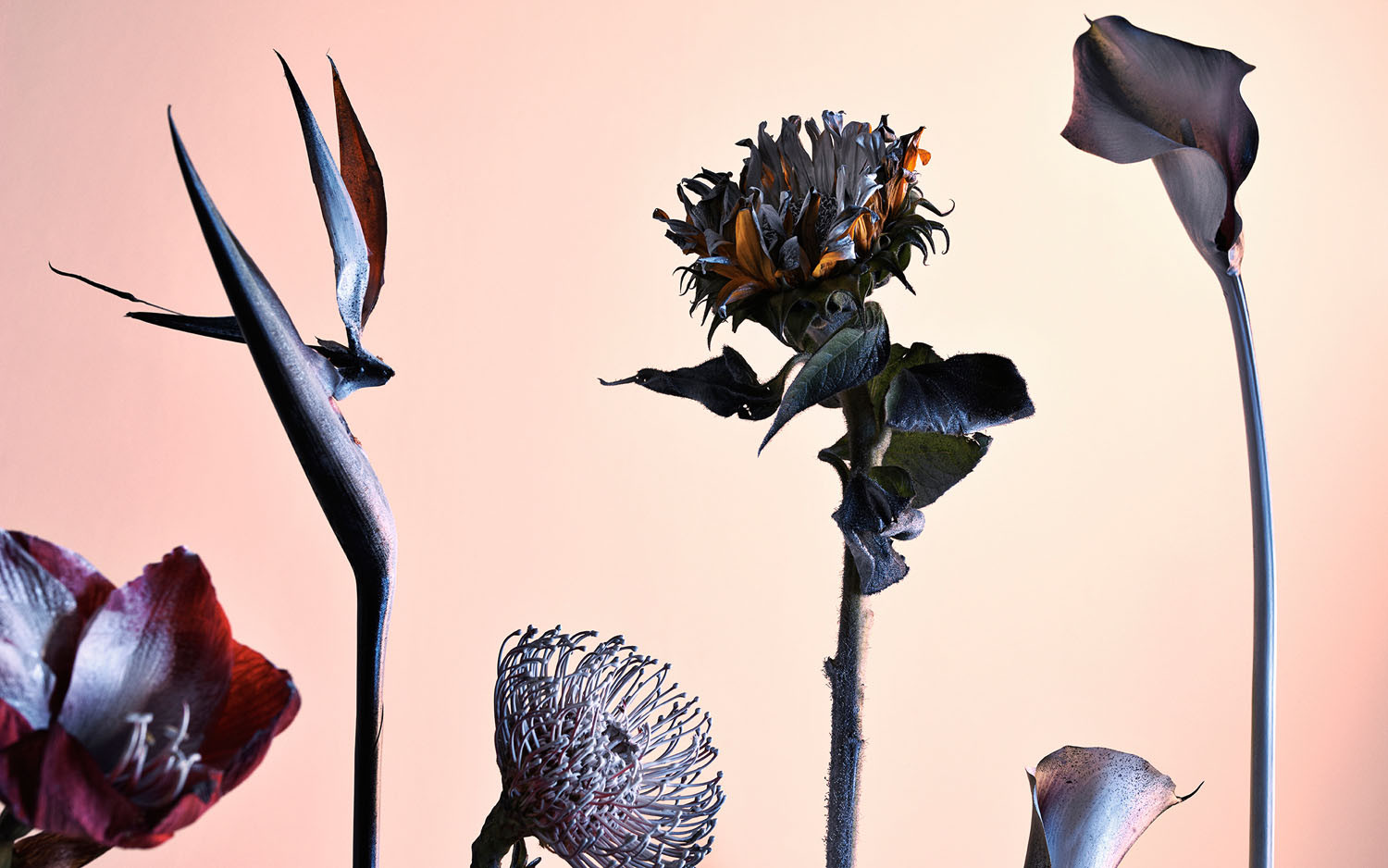
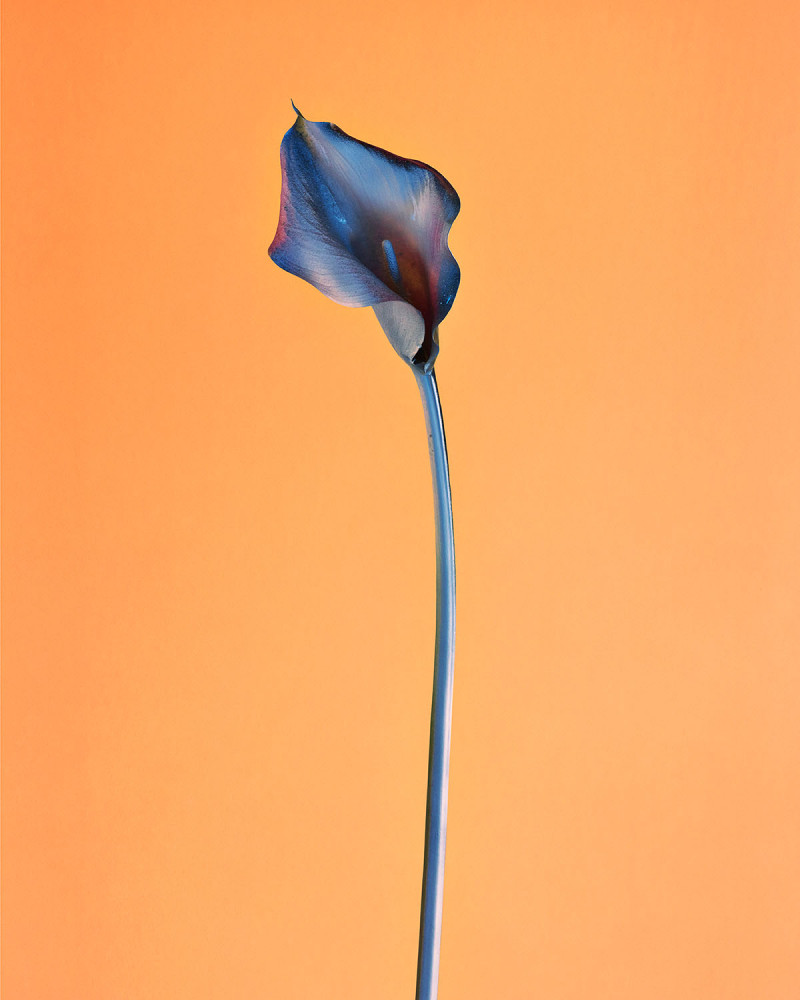
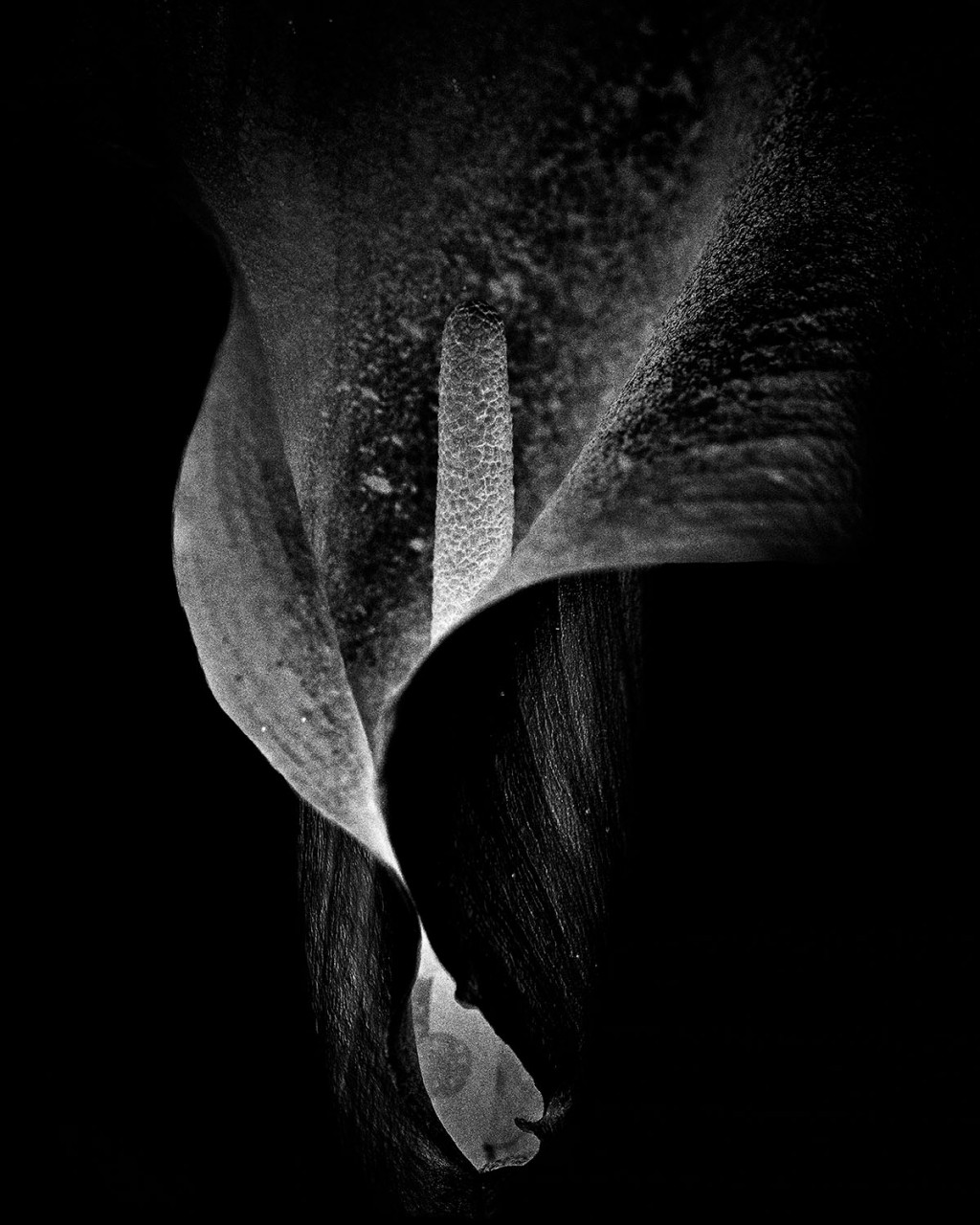
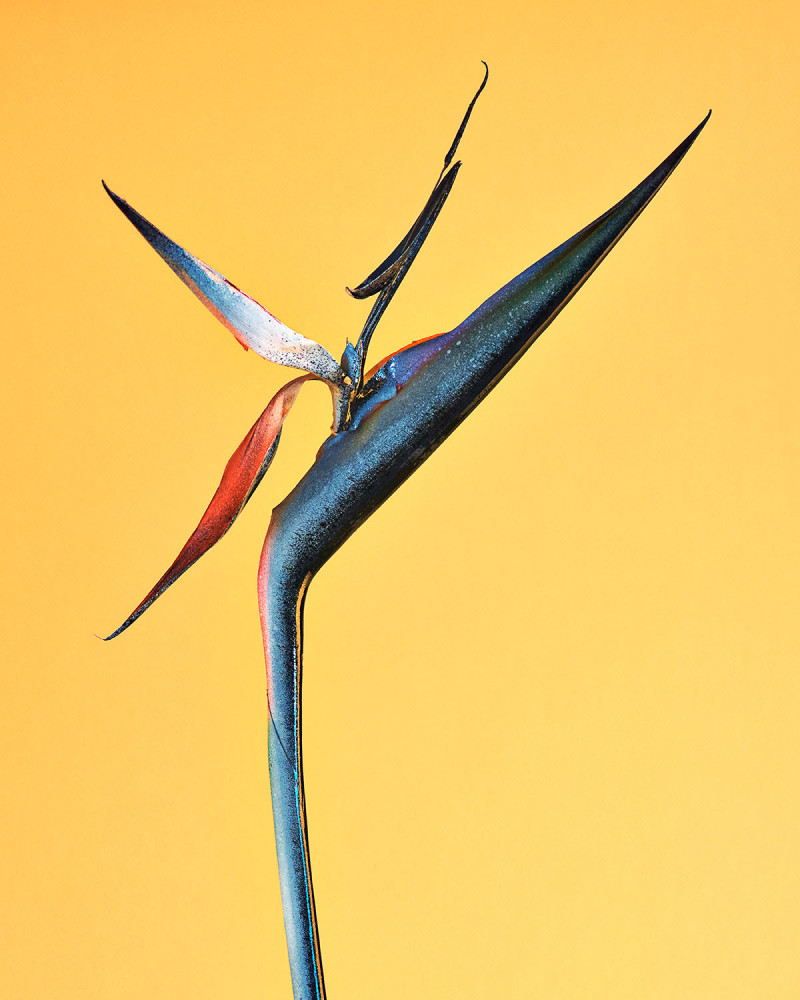

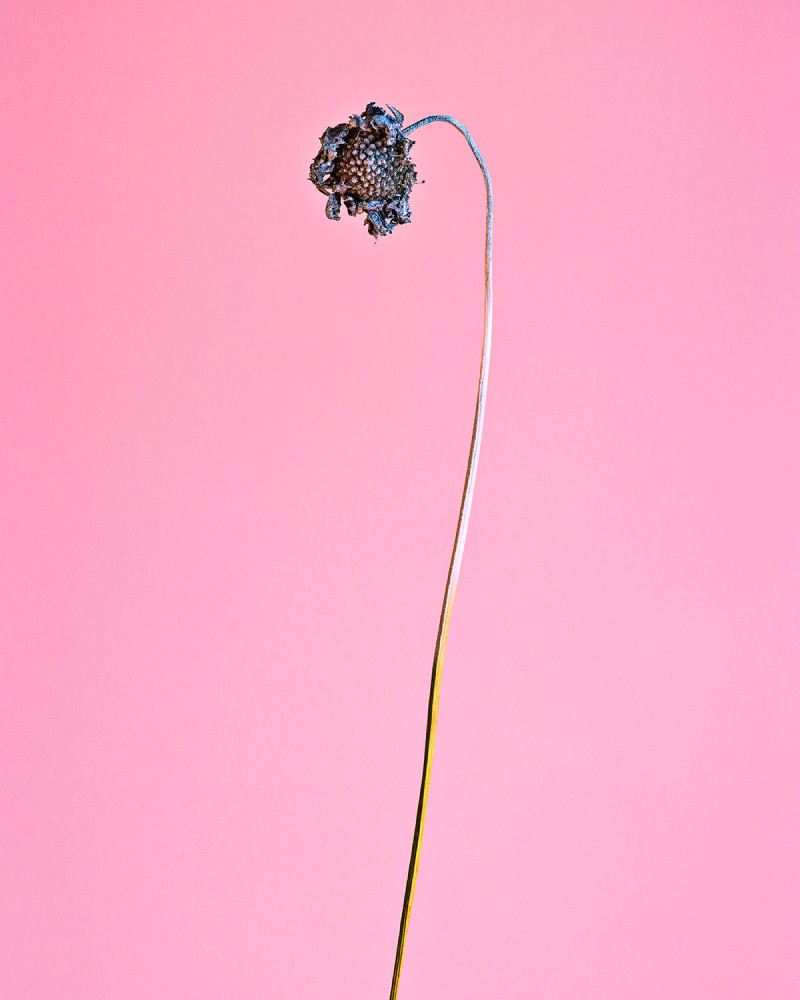
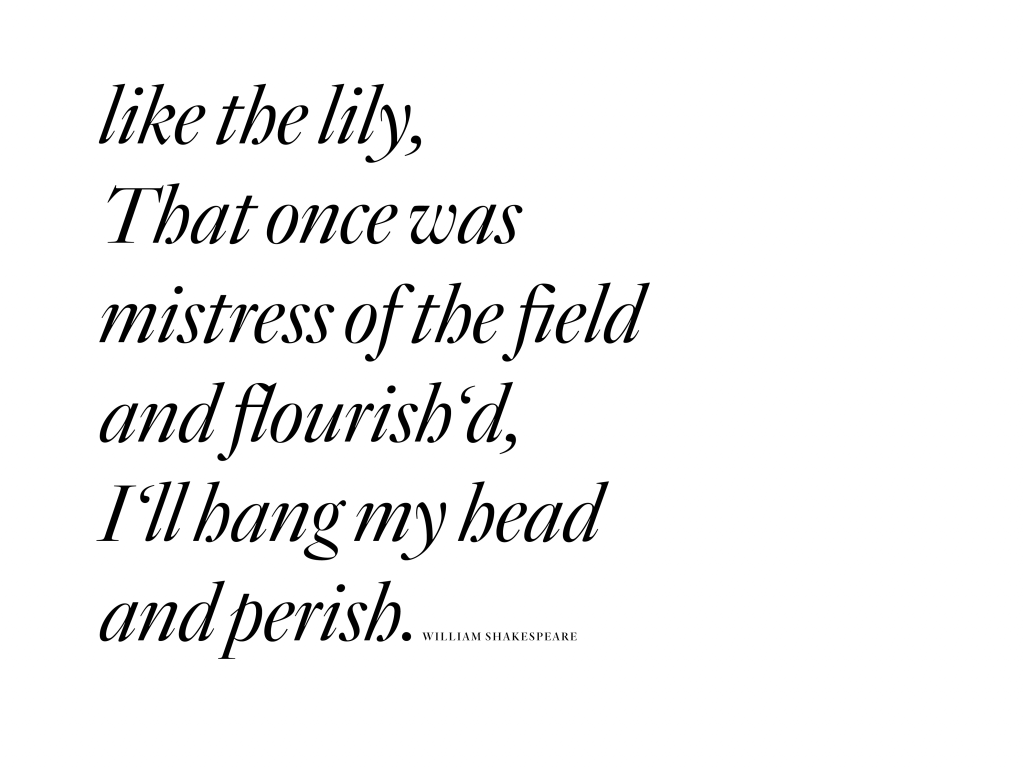
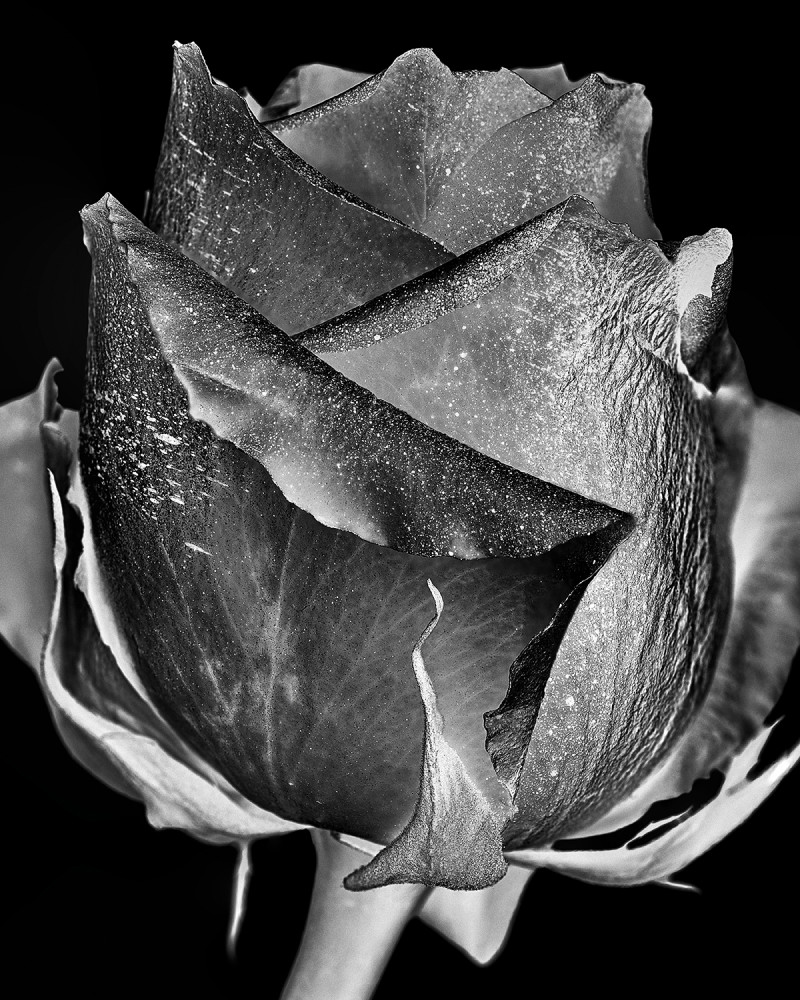
























INTERVIEW
Mike Tinney
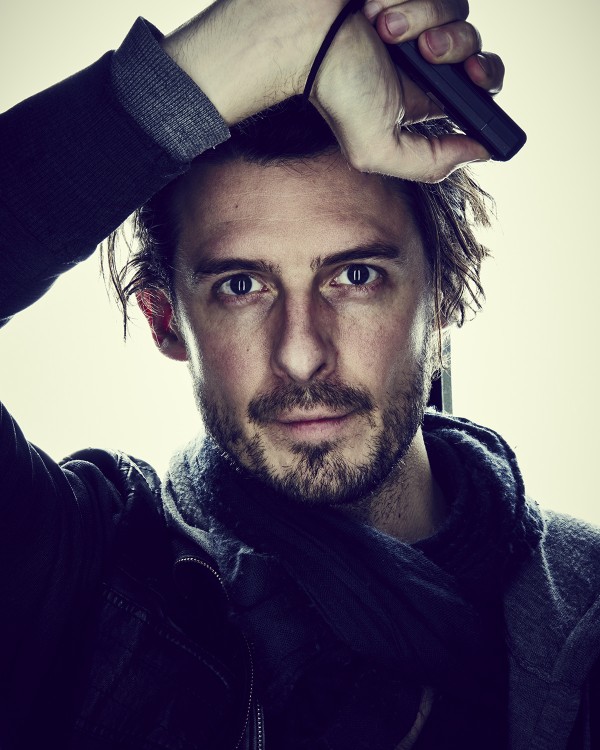
PHOTOGRAPHY Mike Tinney CAMERA Leica S with Apo-Macro-Summarit-S120mm f/2.5 Asph.
Touching on Shakespeare's drama “Henry VIII”, British photographer Mike Tinney staged the poetic Of the Field series of stills. It shows gorgeous flowers that have already passed their zenith. Tinney looks to capture these moments and reflects on the fugacity of existence.
S Magazine: You are a still-life and documentary photographer. How come you are interested in two so disparate areas of photography? And don't you need to have two completely contrary approaches to your work?
Mike Tinney: I don’t feel they’re so far removed from one another. Obviously the working processes are very different, but for me in what I do, they’re both fundamentally about capturing small detail and championing the understated.
I used to work for this food photographer; he’d come into the studio, after the gym & some coffee with his friends (who were mostly bankers & lawyers) and question what relevance photographing a pork pie had in the grand scheme of things? At the time all I wanted to know was how, by using X amount of lights, I could make a porkpie look as pretty as he did? Now I get what he was saying, & although day-to-day I am largely shooting still life, I always keep one eye on the wider world – it’s my way of staying in touch with life.
What then would you describe as your main focus?
The little things.
Some time ago, you worked as an assistant to Rankin. How did you come to work as an assistant for a fashion and portrait photographer, and what influence did it play in your own development as a photographer?
Through fashion & portraiture I got to practice still life & documentary. Because of my previous experience in food, I got to shoot lots of products off the back of shoots. With these opportunities I got some invaluable client experiences – there are a lot of photographers who like to keep their assistants and clients at an arms length, so I felt pretty fortunate at the time. We also travelled a lot, so if we ever had any down time I’d take to the streets with a camera in hand. I learned a hell of a lot from Rankin, but I wouldn’t recommend anyone go there to learn about how to light a still life!
What is the Of the Field series that you shot for the S Magazine all about? What is the idea behind it?
When it comes to throwing things away - especially living things - it hurts a little. There is a sadness for what once was, a passing twinge of pain. These pictures are a reaction to that – a small way of preserving, of giving the gift (or is it one?) of immortality for these pre-cut half-dead flowers, rescued from a London market stool.
How exactly does a still-life series like this come about? Do you need something like a creative director, stylist, who builds the sets for you or do you create them all yourself?
I worked alone for this shoot. Recently I have been experimenting with printing on an incredible metallic paper. I wanted to shoot something that would be enhanced by the paper. I’ll be exhibiting these (amongst other things) sometime soon, and would like to think that this adds a further chapter to these decomposing flowers’ life journey.
For its Digital Features, the S Magazine give photographers free rein in the sense that they can, in fact, do whatever they want. Do you like this freedom or do you prefer to have more guidelines?
Challenging yourself, or being set a challenge? I like both.
What role does the camera play for you? I assume you are at home with many different systems, including the Leica S and the Leica M systems. What suits you working approach best?
Recently I’ve been using a Leica Q for my documentary work & can’t get enough of it. I often shoot from the hip, and think this might just be my perfect camera for that. I was using an M9 before, but the low light (and the auto focus) capabilities on the Q completely blow any previous cameras away. I like the 24mm lens too. The flowers I shot on the S system. I love the simplicity of the S models – the lenses are unparalleled.
Do you do the post-production of your photos yourself or do you hand them over to a third party? What significance does post-production have for your work?
Generally I like to do my own post. I set up my first darkroom when I was 14. Now it’s all digital, but I’ve always felt that the post process is just as important as any other stage of a shoot – it’s the fix, a stage to meditate on what’s been created, to get closer to the work. That said, with some jobs it’s good to step away, to take a breath – so I’ll outsource. There are some very talented retouchers out there.
Which photographers have impressed you most and in what manner do they influence your work?
I recently caught a great Daido Moriyama show in Marrakesh. I really like his work. There’s a raw, often unsettling, immediacy in life he captures – and that’s around us all the time.
What direction do you want your work to develop in?
I work with commercial clients, whilst at the same time working on longer-term personal projects, so as long as I can keep this balance up – and not have pork pies take centre-stage - then I’ll be happy. Every year has been very different. Soon I’m heading to the DR Congo, I’m currently working with a publisher on a book, I have a show in Tokyo in the Autumn – my work is moving forward, I’m learning more about how to tell story, my understanding of exhibiting & selling art is growing. The world for me right now seems to be getting bigger, and that’s exciting!